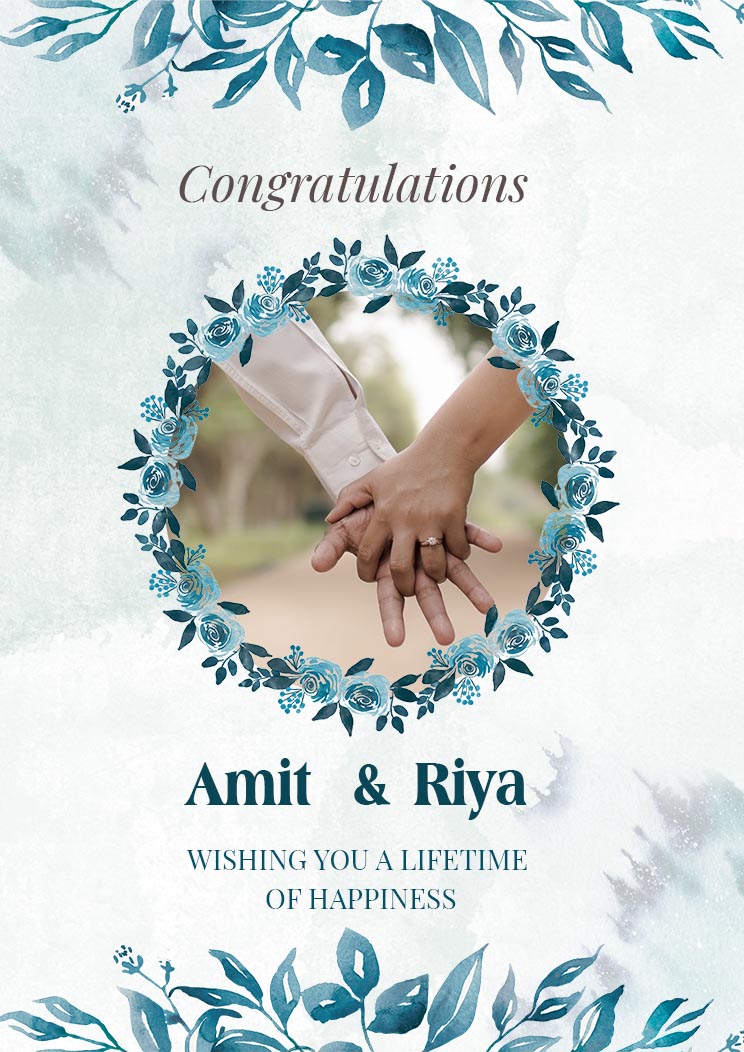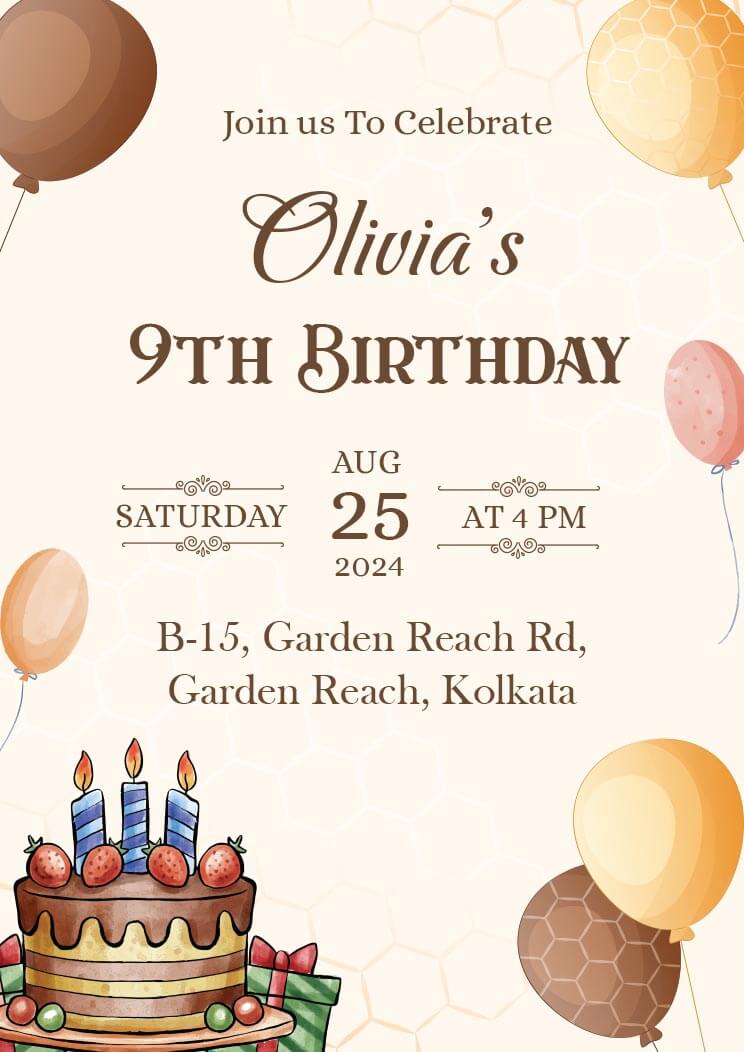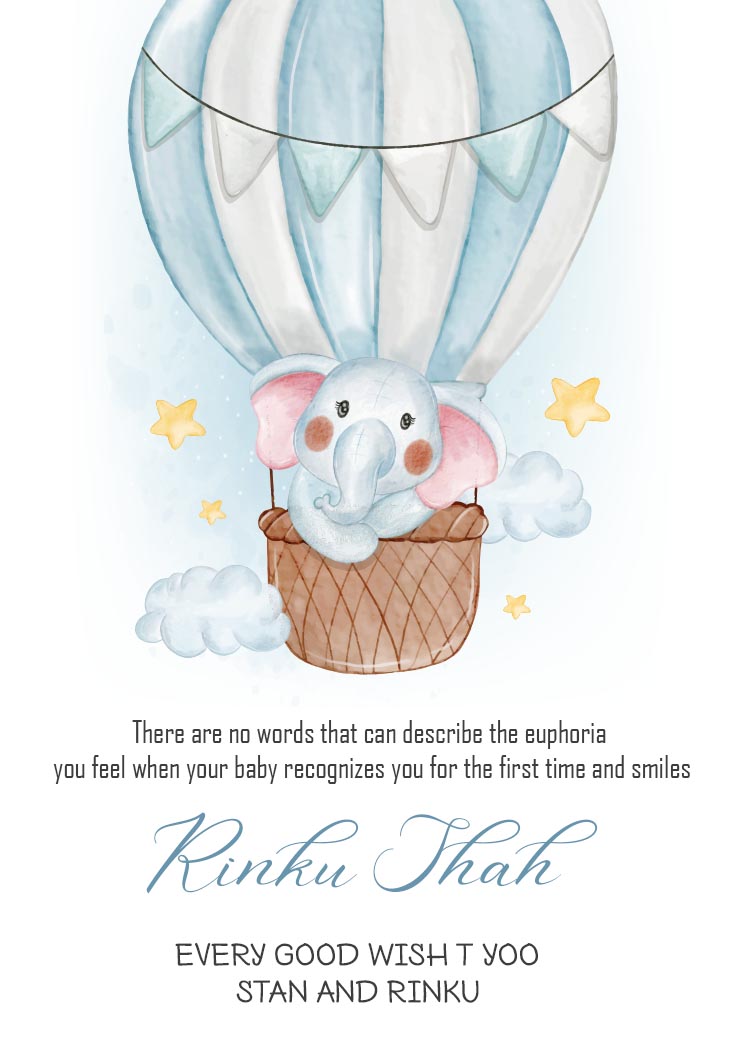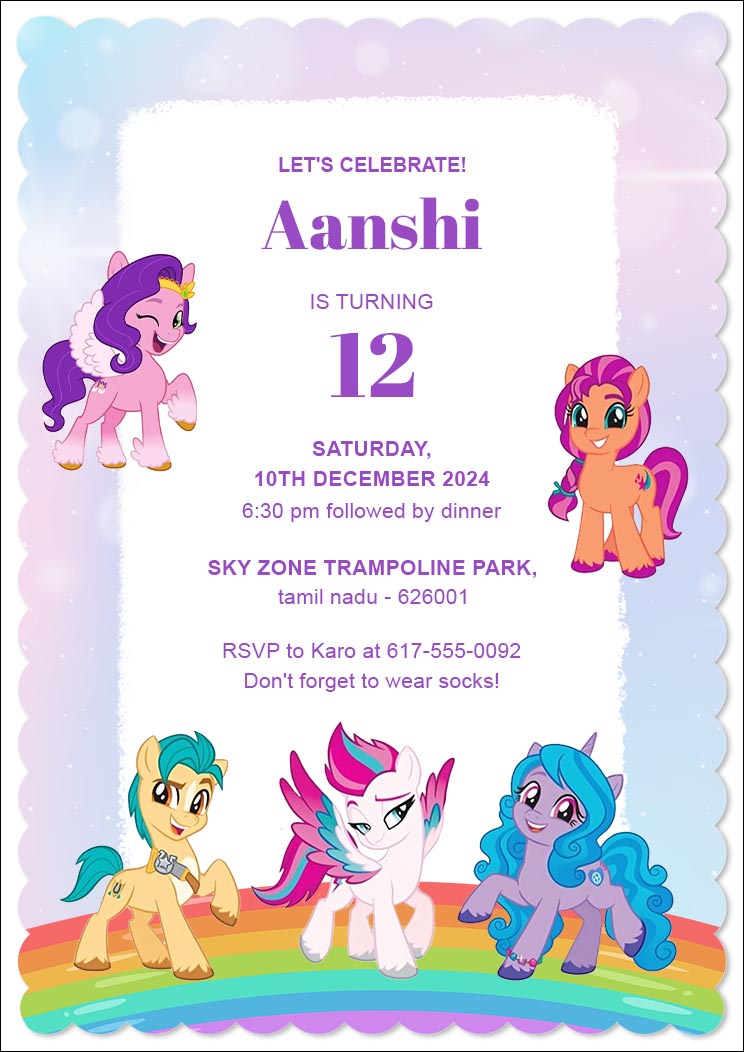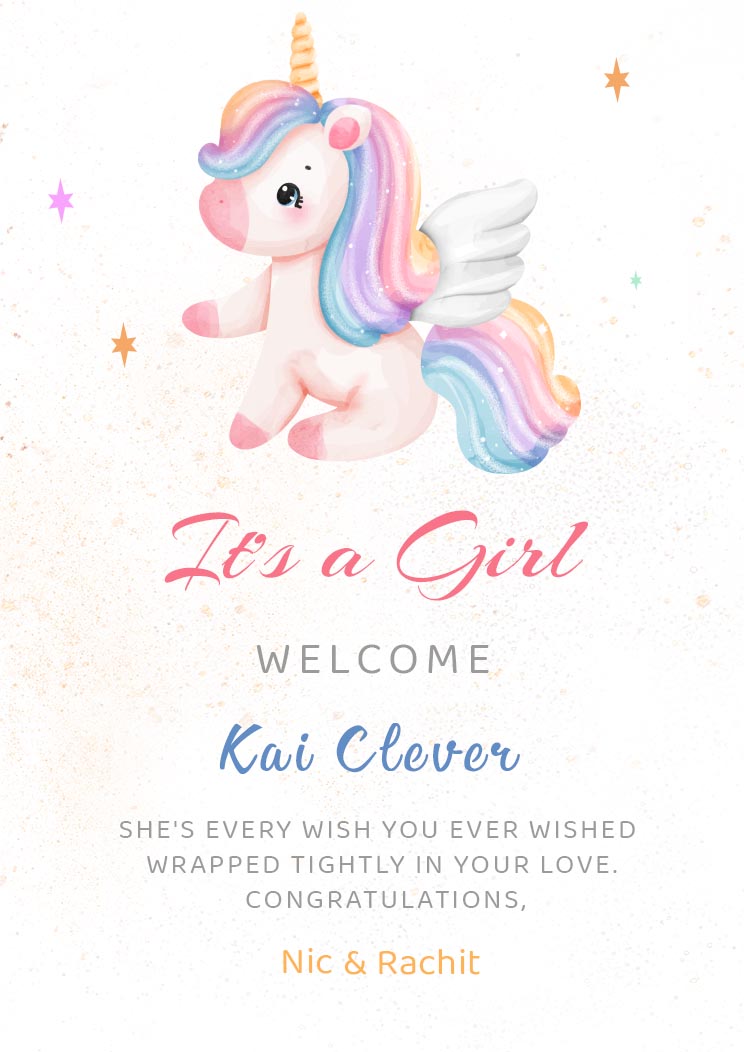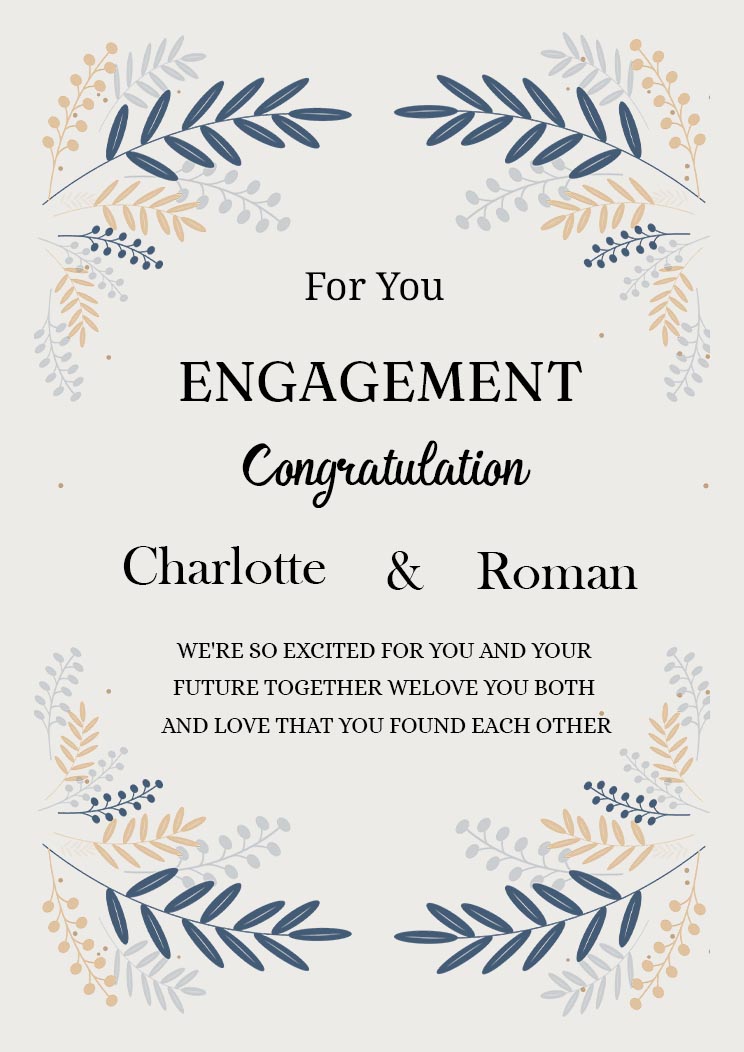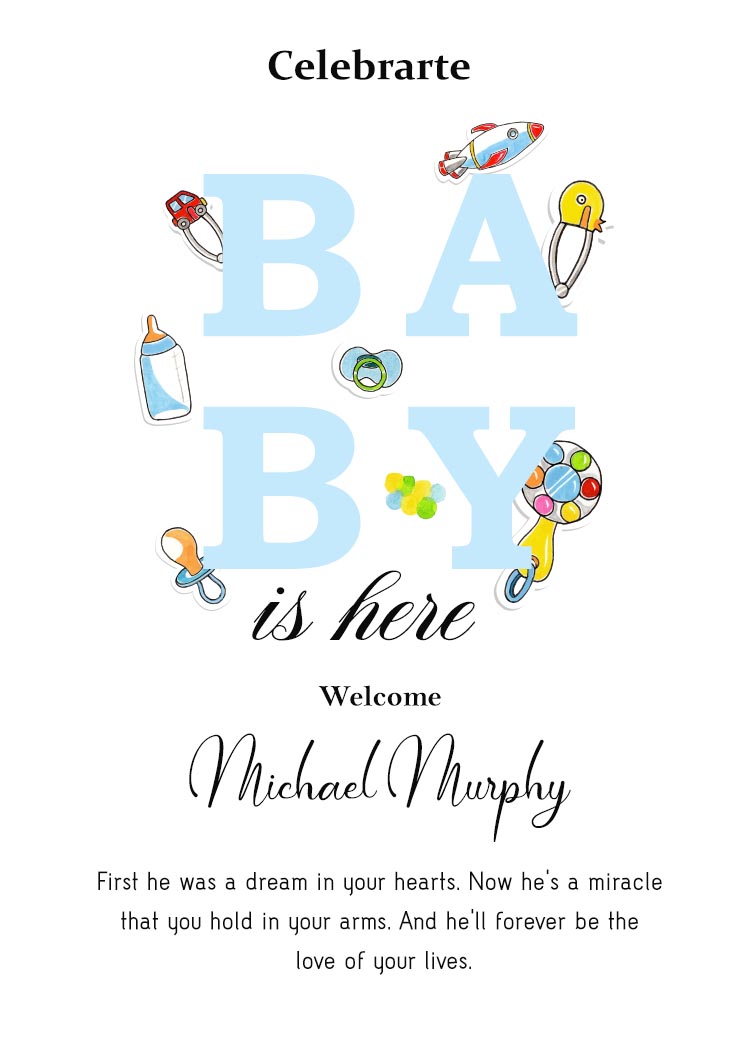In a world dominated by digital communication, there’s something undeniably special about receiving a physical greeting card. These small tokens of affection, celebration, sympathy, and gratitude carry immense emotional weight. From birthdays to weddings, from thank you notes to condolences, cards serve as conduits for our deepest sentiments. Let’s embark on a journey to explore the intricate world of cards, from their types and uses to design tips and beyond.
Greeting Card Definition & Meaning:
At its core, a card is a cardstock bearing a message of sentiment or celebration, typically given on special occasions. More than just a medium for conveying words, cards are vessels of emotions, carefully crafted to express love, joy, sympathy, or appreciation.
What Is a Greeting Card?
A Greeting Card is a tangible expression of thoughtfulness, encapsulating sentiments that words alone often fail to convey. It serves as a physical reminder of the sender’s affection, a memento to be cherished long after the occasion has passed.
Best Types of Greeting Cards
Birthday Cards:
Birthday Cards are perhaps the most common type of card. They come in various designs, from humorous to heartfelt, and cater to all ages. Whether it’s a milestone birthday or a simple celebration, a birthday card with a thoughtful message can brighten anyone’s day.
Holiday Cards:
Holiday cards are a tradition during festive seasons like Christmas, Hanukkah, Eid, Diwali, and more. These cards often feature seasonal motifs like snowflakes, Christmas trees, or menorahs, along with warm wishes for the holiday season. Sending holiday cards is a delightful way to spread cheer and connect with loved ones near and far.
Congratulations Cards:
From graduations to promotions, achievements big and small deserve to be celebrated. Congratulations cards are perfect for acknowledging someone’s accomplishments and cheering them on as they embark on new journeys. These cards inspire joy and pride in the achievements of others.
Get Well Soon Cards:
When someone is under the weather or recovering from an illness or injury, a get well soon card can lift their spirits and bring a smile to their face. These cards convey heartfelt wishes for a speedy recovery and remind the recipient that they are not alone during difficult times.
Anniversary Cards:
Anniversary cards celebrate love, commitment, and partnership. Whether it’s a Wedding Anniversary Card, a milestone anniversary, or even a work anniversary, these cards honor the bond between two individuals and commemorate the time they’ve spent together. Anniversary cards often feature romantic designs and heartfelt messages.
Wedding Cards:
An integral element of every wedding celebration is the wedding cards. Whether you’re congratulating the happy couple, expressing best wishes for their future together, or simply sending your love and support, a wedding card allows you to be part of their special day, even if you can’t be there in person.
Graduation Cards:
Graduation cards mark the end of one chapter and the beginning of another. Whether it’s from high school, college, or graduate school, graduating is a significant achievement worthy of celebration. Graduation Party Cards offer words of encouragement, inspiration, and pride as graduates embark on their next adventure.
Thinking of You Cards:
Thinking of You cards are perfect for reaching out to someone just because you’re thinking of them. Whether it’s a friend going through a rough patch, a family member who lives far away, or a colleague you haven’t seen in a while, sending a thinking of you card lets them know they’re on your mind and in your heart.
All of these cards are not available now but you can edit and create your favorite card.
Greeting Card Uses, Purpose, and Importance
Greeting cards serve myriad purposes, acting as conduits for communication, connection, and expression. They bridge geographical distances, strengthen relationships, and provide comfort during trying times. Their importance lies in their ability to touch hearts, evoke smiles, and preserve memories.
What’s in a Greeting Card? Parts?
A card typically comprises three main parts: the cover, the inside message, and the back. The cover often features decorative elements, illustrations, or photographs, accompanied by a brief sentiment or caption. The inside message conveys the sender’s personalized thoughts and wishes, while the back may include additional details such as the card’s brand, barcode, or copyright information.
How to Design a Greeting Card
Designing a card involves a blend of creativity, craftsmanship, and consideration for the recipient. Start by selecting a theme or occasion, then choose complementary colors, fonts, and imagery. Incorporate meaningful quotes, personal anecdotes, or inside jokes to add a personal touch. Experiment with different textures, finishes, and embellishments to create a card that’s as unique as the sender and recipient.
Greeting Card vs. Postcard
While both cards and postcards serve as means of communication, they differ in their format, purpose, and presentation. Greeting cards are typically folded and enclosed in envelopes, offering privacy and protection for their heartfelt messages. In contrast, postcards are single-sided, with a designated space for both the message and recipient’s address, intended for open display or mailing without an envelope.
What’s the Difference Between a Greeting Card, Card, and an Invitation Card?
While the terms “greeting card,” “card,” and “Invitation Card” are often used interchangeably, they serve distinct purposes. cards convey sentiments of celebration, appreciation, or sympathy, often exchanged on special occasions or holidays. Generic cards may lack specific occasion-related messages, suitable for any purpose. Invitation cards, on the other hand, serve as formal requests for attendance at events such as weddings, parties, or ceremonies, typically including details like date, time, and location.
Greeting Card Sizes
Greeting cards come in various sizes, ranging from standard dimensions to custom shapes and formats. Common sizes include A2 (4.25″ x 5.5″), A6 (4.5″ x 6.25″), A7 (5″ x 7″), and square (5.25″ x 5.25″), with options for mini cards, oversized cards, and everything in between. Choosing the right size depends on factors such as design preferences, mailing requirements, and available envelope sizes.
Greeting Card Ideas & Examples
Need inspiration for your next greeting card? Consider incorporating elements like hand-drawn illustrations, watercolor paintings, pressed flowers, or vintage photographs. Experiment with pop-up designs, interactive elements, or unconventional materials like fabric, wood, or metal. Personalize your message with inside jokes, shared memories, or heartfelt sentiments that resonate with the recipient. Remember, the best cards are those that come from the heart, bearing the unmistakable imprint of love, care, and thoughtfulness.
Conclusion
greeting cards are more than just pieces of paper—they’re vessels of emotion, carriers of connection, and keepers of memories. Whether exchanged in celebration, sympathy, or gratitude, these small tokens of affection can brighten someone’s day, lift their spirits, and remind them that they’re cherished. So the next time you’re looking to convey your sentiments in a meaningful way, consider reaching for a greeting card and let your heart do the talking.

